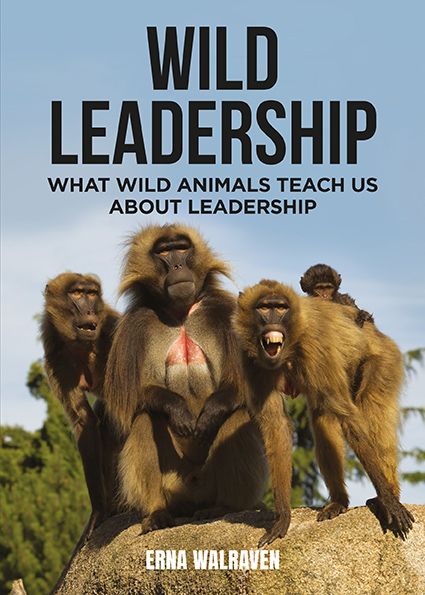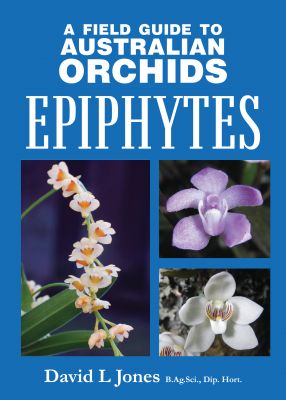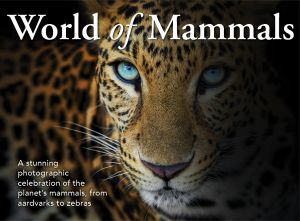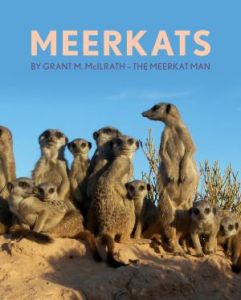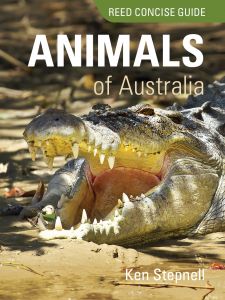WILD LEADERSHIP
What Wild Animals Teach Us About Leadership
| By | Erna Walraven |
|---|---|
| Format | Paperback / softback |
| Page Extent | 256 |
| Book Size | 210 x 150 x 21 mm (H x W x D) |
| Imprint | Reed New Holland |
| Release Date | 9/09/2019 |
| Subject Classification | The natural world, country life & pets / Wildlife: general interest / Wildlife: mammals |
eBook available

What can we learn about leadership from wild animals? This book looks at leadership from a completely different perspective. Our closest living relatives are chimpanzees and bonobos – we are less hairy and may wear a business suit, but are driven by our instincts just like our relatives.
Contrary to popular belief it is not always the strongest, nastiest chimp that is the leader of the group – it is more likely to be the individual with the highest emotional intelligence.
The book delves into various types of leadership used by wild animals, with styles varying between species and to some degree between individuals. For each leadership style, one or more species demonstrating that style will be highlighted, including Autocratic (e.g. Gorilla), Laissez-faire (e.g. Lion), Democratic (e.g. Baboon), and Paternalistic/Maternalistic (e.g. Elephant).
The book highlights what wild animals expect from their leader. In the wild, they will voluntarily follow a leader that they trust, which has their back at all times, and which always acts with the best interests of the group at heart. The book identifies the characteristics of successful animal leaders and also how teamwork works in the animal world. Understanding the instincts displayed by other species allows us to manage our own behaviour and relationships better, and can make us more effective leaders at home, in the workplace and in our communities.
Erna Walraven
Erna Walraven was born in the Netherlands and moved to Australia via Spain in the 1980s. She has worked in zoos for more than three decades, including as Senior Curator at Taronga Zoo in Sydney, Australia, for 20 years, where she is responsible for the scientific management of 400 species, including genetics, taxonomy, behaviour, welfare, interpretation and research. She was also a consultant to other zoos on animal husbandry, welfare and other matters.

